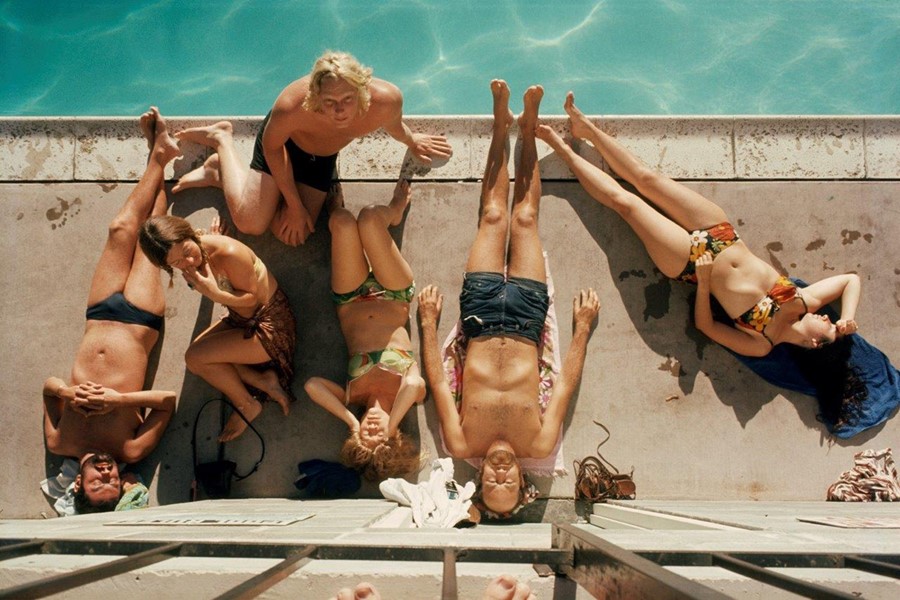As the Association of International Photography Art Dealers opens it doors on its 36th Photography Show, we offer a few pointers to those looking to begin their own collection
In addition to being a place to rub shoulders with the who’s who of the art world (and perhaps nab the occasional complimentary glass of champagne), photography fairs offer an ideal opportunity to begin one’s own archive of seminal works, buying pieces, however modest, by some of the most memorable and influential image-makers of the past century. Today marks the beginning of the 36th edition of AIPAD (or the Association of International Photography Art Dealers)'s The Photography Show, offering an ideal opportunity to do just that.
Not sure where to start? AnOther selects six of the best pieces on display at the fair – from the likes of 1950s fashion photographer Erwin Blumenfeld all the way through to John Baldessari. What better inspiration to start filling those empty frames?
Joan Didion in Berkeley, by The Family Acid
The Family Acid is utterly unique as far as photographic entities are concerned. It is Roger, Mary, Kate and Devon Steffens – a photographer, his wife, their editor daughter and musician son, respectively – a Los Angeles-based family who, together, are dedicated to sharing the 40,000 Kodachrome slides, black and white and colour negatives created by their father since the early 1960s.
In any usual family this might incur a slew of ordinary group shots, but the Steffens family has led a uniquely enchanting life, encountering all manner of fascinating people, places and experiences in the process. Here’s one fine example: a sun-dappled, sentimental shot of Joan Didion and friends sunbathing poolside in Berkeley, California, the toes of its photographer just visible at the bottom of the frame.
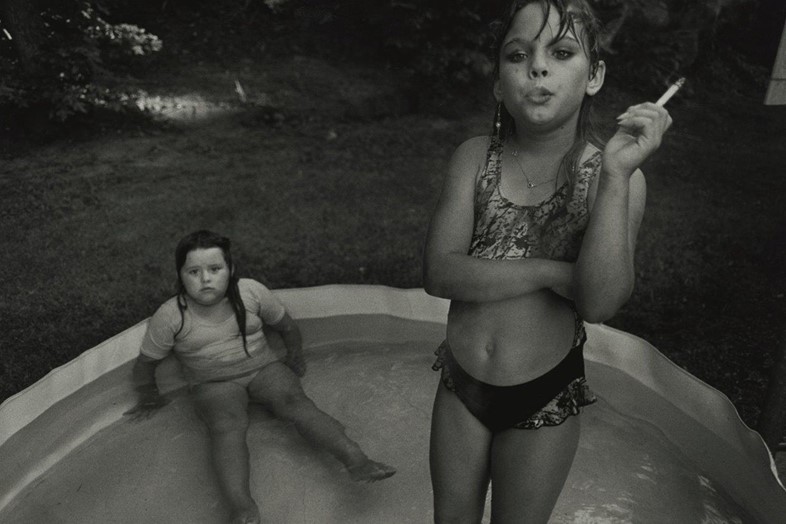
Amanda and Her Cousin Amy, by Mary Ellen Mark
Mary Ellen Mark, born in Pennsylvania in 1940, was the kind of authority on photojournalism and documentary photography that doesn’t come along very often. Over the course of her 40-year career she shot for clients including LIFE, New York Times Magazine, The New Yorker, Rolling Stone and Vanity Fair, creating an extensive and groundbreaking body of work which occupies the liminal space between reportage and social documentary.
Most importantly, though, her photographs are governed not by aesthetic value, but by humanism and empathy: Mark sought above all else to create a connection with her subject. “I just think it's important to be direct and honest with people about why you're photographing them and what you're doing,” she once said. “After all, you are taking some of their soul, and I think you have to be clear about that.”
She passed away a year ago next month, making a purchase from her enviable archive all the more advisable. This seminal image, entitled Amanda and Her Cousin Amy, has gone down in history as one of the most recognisable of her works: it captures Amanda Marie Minton, a self-described ‘problem child’, smoking in full make-up and fake nails at the tender age of nine.
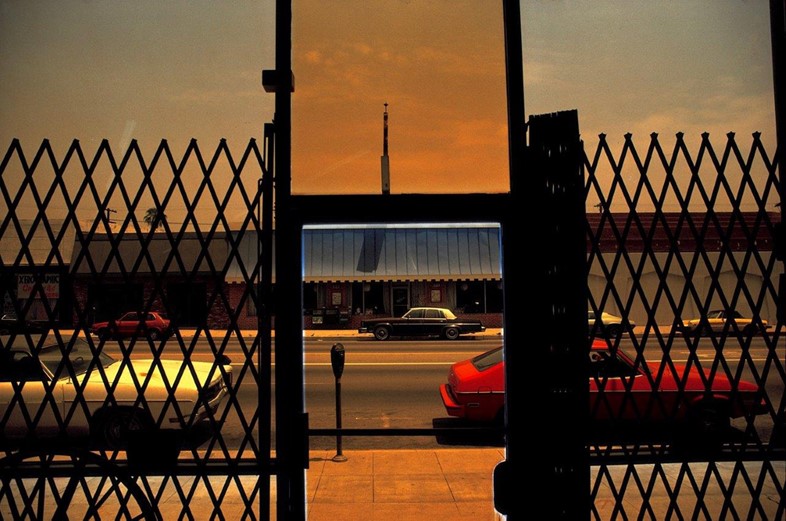
Las Vegas, 1982, by Harry Gruyaert
Photographer Harry Gruyaert has an unparalleled ability to employ colour in photography as though he had mixed it on a palette and then daubed it onto a canvas with a paintbrush. His love of vivid, saturated tones has led him to India, Morocco and Egypt – but as this shot taken in Las Vegas in 1982 demonstrates, you don’t need to travel to the Middle East to find the deep orange tones he favours. This titian image, snapped through a storefront, captures the fleeting moment before the sun sinks behind a skyline, its heat still warming the surfaces it shone down on only minutes earlier, and is a prime example of art the image-maker honed to become not only a member of Magnum, but an award-winning one at that. What better piece to add to your collection?
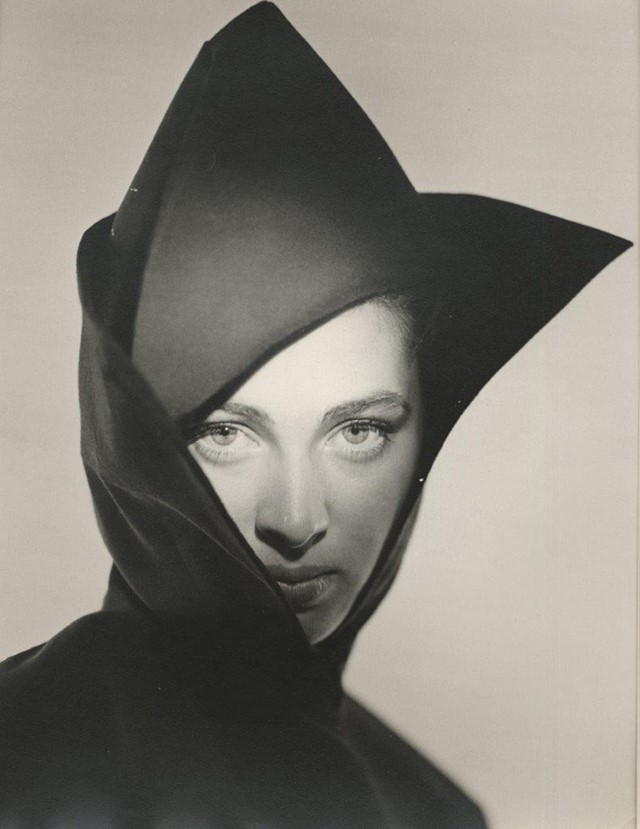
Hat, Fashion, by Erwin Blumenfeld
Photography might never have encountered a talent so adept at combining high fashion and surrealism as Erwin Blumenfeld. Whether focused on a striped shadow cast on the profile of a model’s face, or the voluptuous curve of a woman’s body silhouetted against a flawless studio backdrop, the German image-maker never ceased to experiment with the possibilities his camera afforded him. Perhaps partly due to the fashions of the time (Blumenfeld was prolific in the 1940s and 50s) he was also an avid aficionado of fine millinery, using hats and headpieces to bring an element of the extraordinary to his work. This monochromatic image is a fine example of how a hat might be elevated by the eye of the photographer shooting it.

Blue Boy with Yellow Boy, 1989, by John Baldessari
Painter, photographer and filmmaker John Baldessari has dedicated much of his professional life to creating an authentic and original form of conceptual art, investigating the representation of the subject in pop culture through a seemingly simple visual language of bright colours and bold shapes. With a nod to pop art, magazines and films, his pared-back aesthetic combines a playful sense of humour with recognisable fragments from everyday life – as evidenced in this well-known piece, Blue Boy with Yellow Boy – a fine slice of art history for your wall.
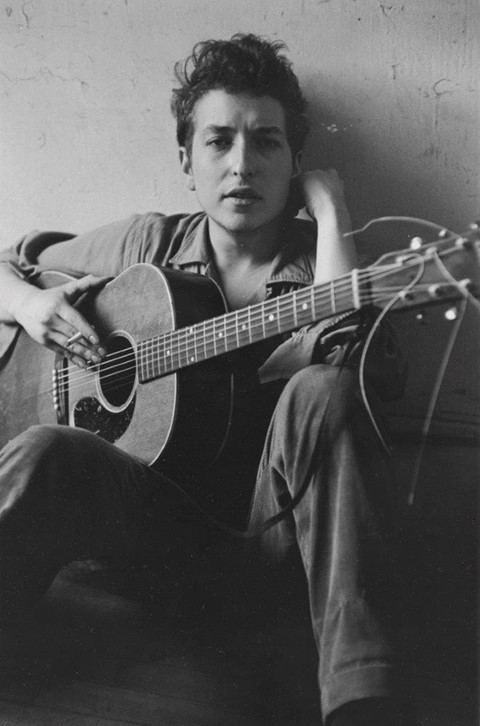
Bob Dylan in My Loft, 1962, by John Cohen
Imagine digging through a cardboard box full of scraps of paper, photographs and demo tapes in an old recording studio, and coming across a collection of original Ektachrome slides of images taken by photographer John Cohen of Bob Dylan between the years 1959 and 1970. Far from a fantasy, this exactly how some of the music photographer’s fantastic archive was uncovered – giving a glimpse into the early career of one of the most prolific musicians ever to have picked up a harmonica. Dylan's fresh, youthful face looks inquisitively out from this example, entitled Bob Dylan in My Loft – a piece of music history distilled for posterity.
